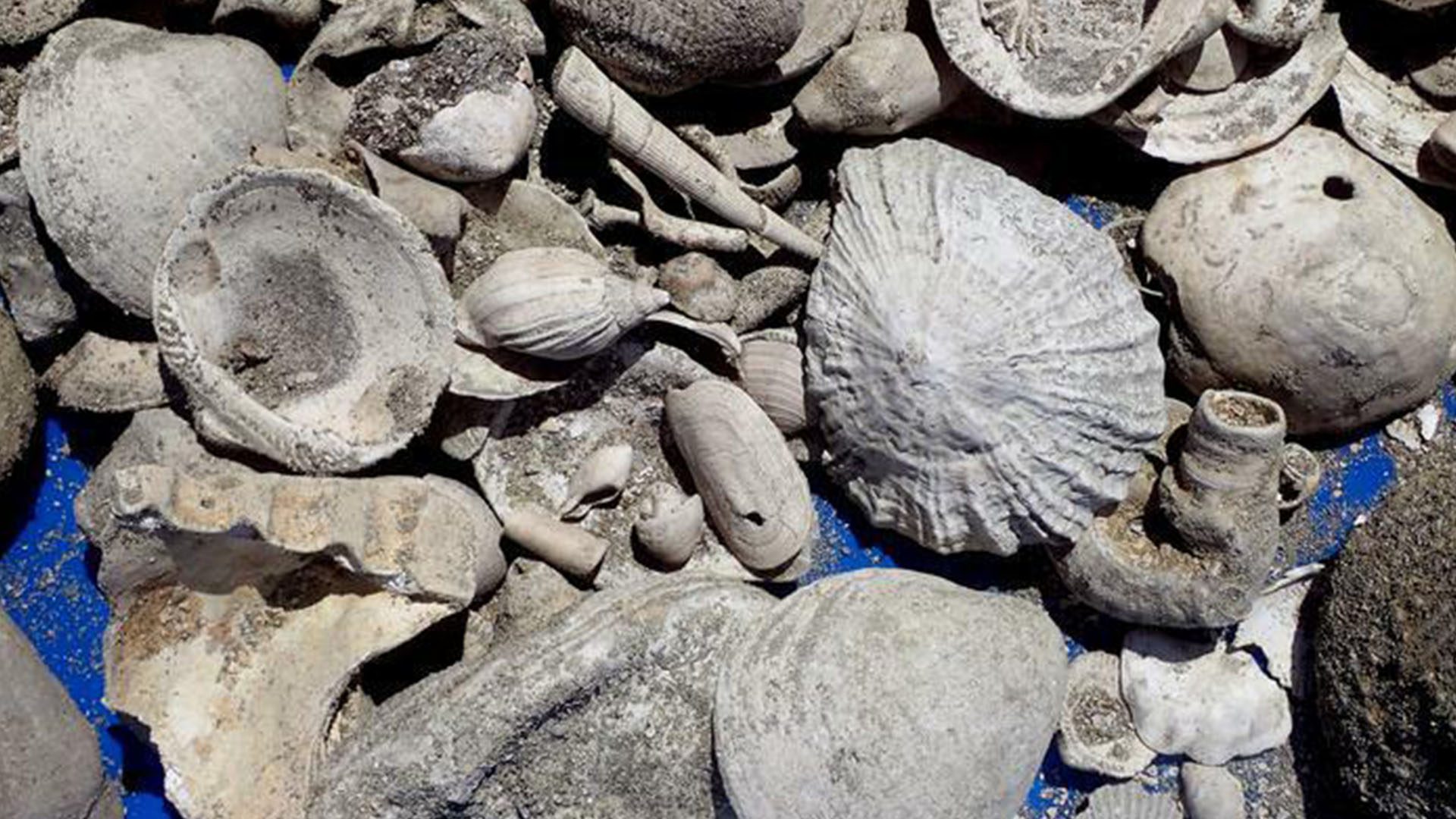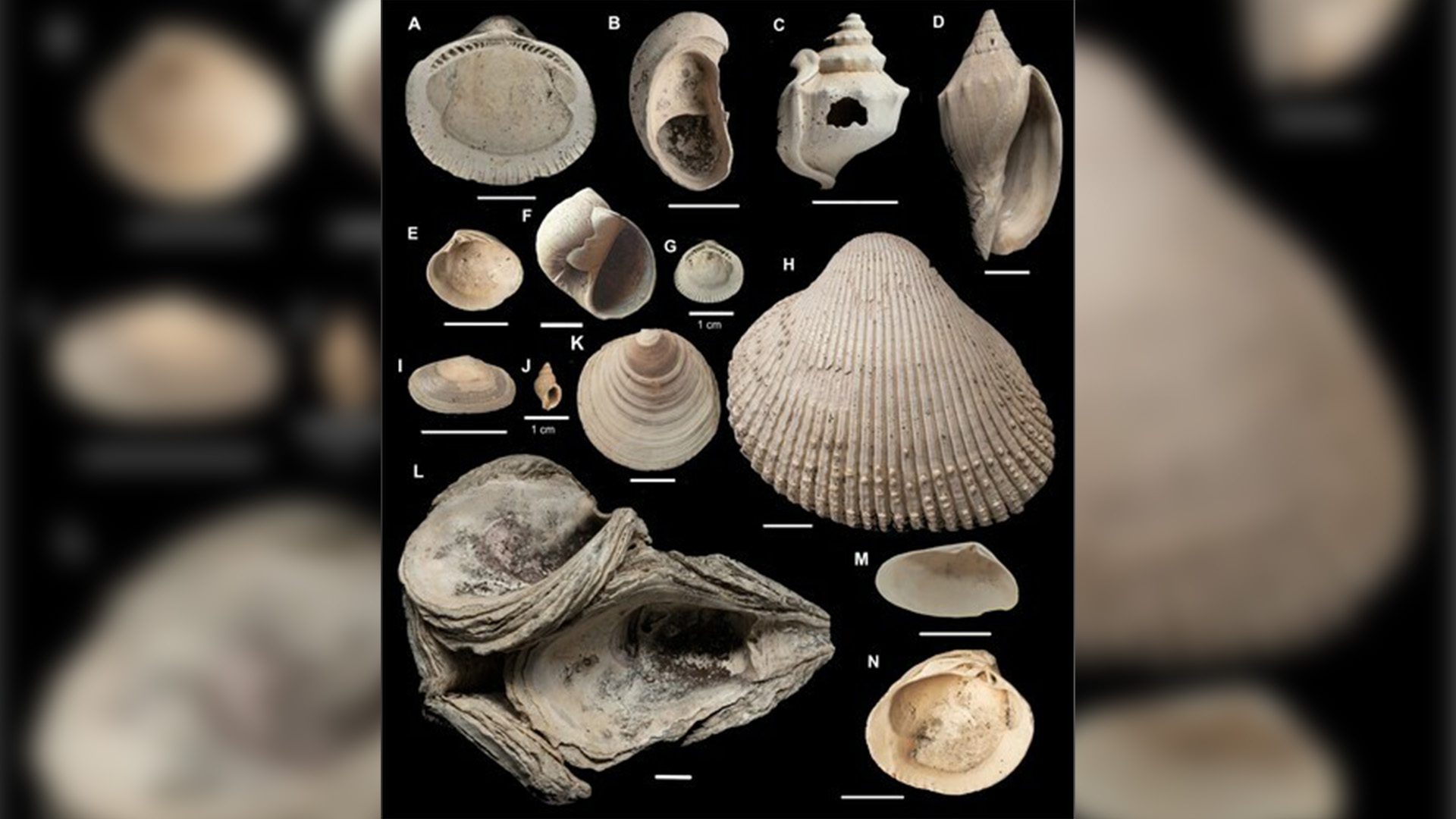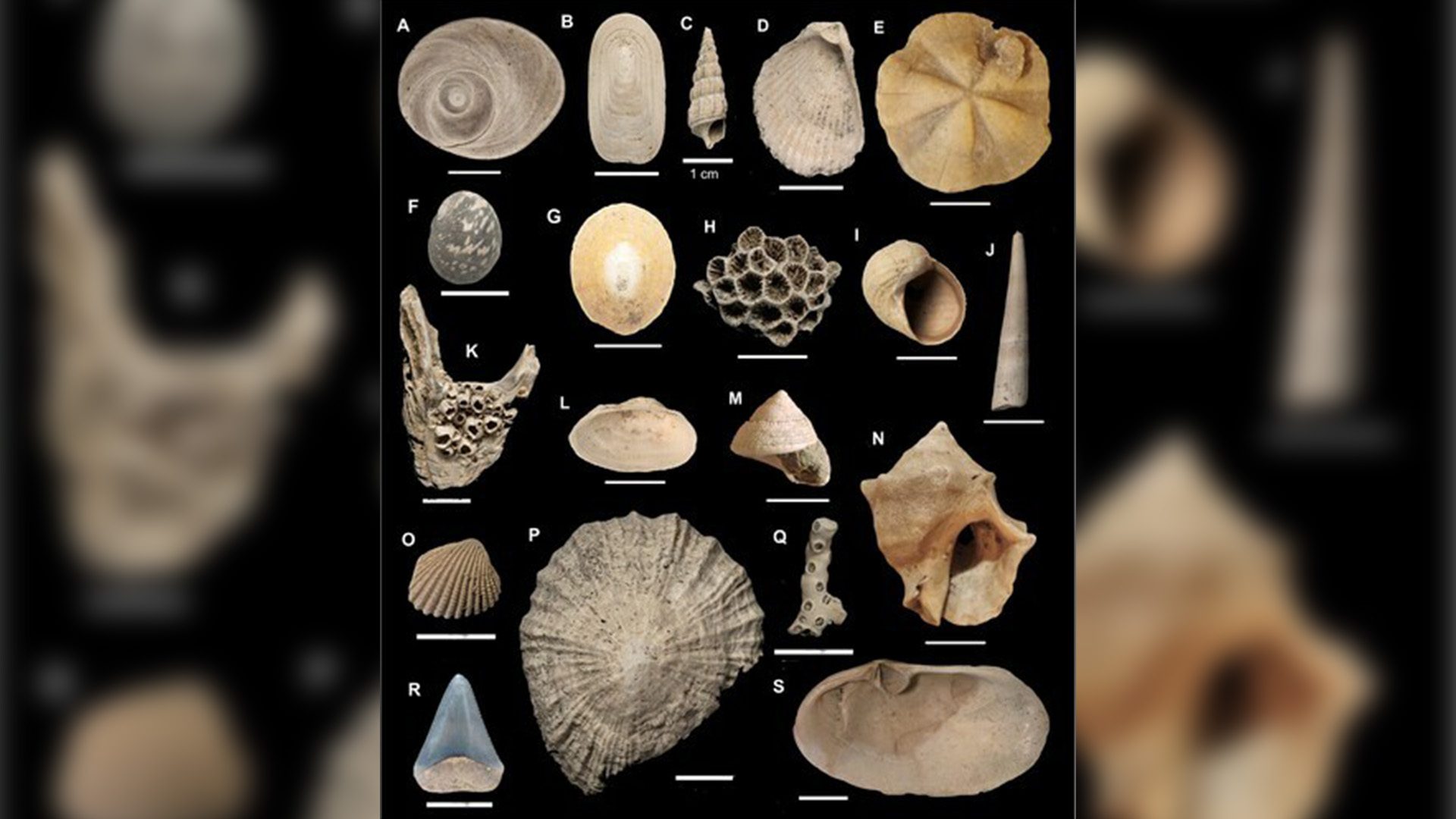Researchers discovered more than 200 fossil species in a mound of sand beneath the Mangere Wastewater Treatment Plant in Aukland, New Zealand.

The fossils discovered included some of the world’s oldest known flax snails, an extinct sawshark spine, great white shark teeth, and at least 10 previously unknown species. The new species are described in a study published in the New Zealand Journal of Geophysics.
According to the team, the discoveries represent one of the most diverse groups of three-million-year-old animal fossils ever found in New Zealand. The fossils were discovered by Watercare, Auckland’s water and wastewater service.
The company was excavating two large vertical shafts as part of an upgrade to the major pipeline that brings raw sewage from the center of the city to the plant for treatment. Geologist and study co-author Bruce Hayward from Auckland-based research group Geomarine Research said that the discovery was similar to “finding gold right on your doorstep.”

The shelly sand was brought to a nearby field so that Hayward and a team of paleontologists, led by Auckland Museum curator Wilma Blom, could sift through the contents. Watercare also funded two paleontology graduate students, working under the supervision of Dr. Blom, to aid with the excavation.
The researchers examined more than 300,000 fossils of 266 species, several thousand of the specimens have been brought to the Auckland Museum. After the team of paleontologists examined the deposits over many months, the fossils were deposited between 3 and 3.7 million years ago into a subtidal channel that would become present-day Manukau Harbour.
“Detailed identification of the fossils shows that they were deposited between 3 and 3.7 million years ago in a subtidal channel in an early version of the modern Manukau Harbour,” said Dr Hayward. “At that time, sea level was slightly higher than it is today as the world was also several degrees warmer than now. As a result, the fossils include a number of subtropical species, whose relatives today live in the warmer waters around the Kermadec and Norfolk islands. At least ten previously unknown species are present and will be described and named in future work.”

Among the rare finds in the discovery were baleen whale vertebrae, a broken sperm whale tooth, and dental plates of eagle rays. Another aspect of the discovery that surprised the team was that the fossilized remains belonged to animals that lived in many different environments, eventually brought together in the ancient marine channel through a series of strong waves and currents.
“What is surprising,” says lead author Dr Hayward “is that the fauna contains fossils that lived in many different environments that have been brought together in the ancient marine channel by wave action and strong tidal currents. It includes ten specimens of the iconic NZ flax snail that must have lived on the adjacent land and been washed down into the sea by storm runoff. These are by far the oldest known flax snails in the world. Most of the fossils lived on the sea floor, some in brackish estuaries, others attached to hard rocky shorelines, and still more have been carried in from offshore of the exposed west coast at the time.”







